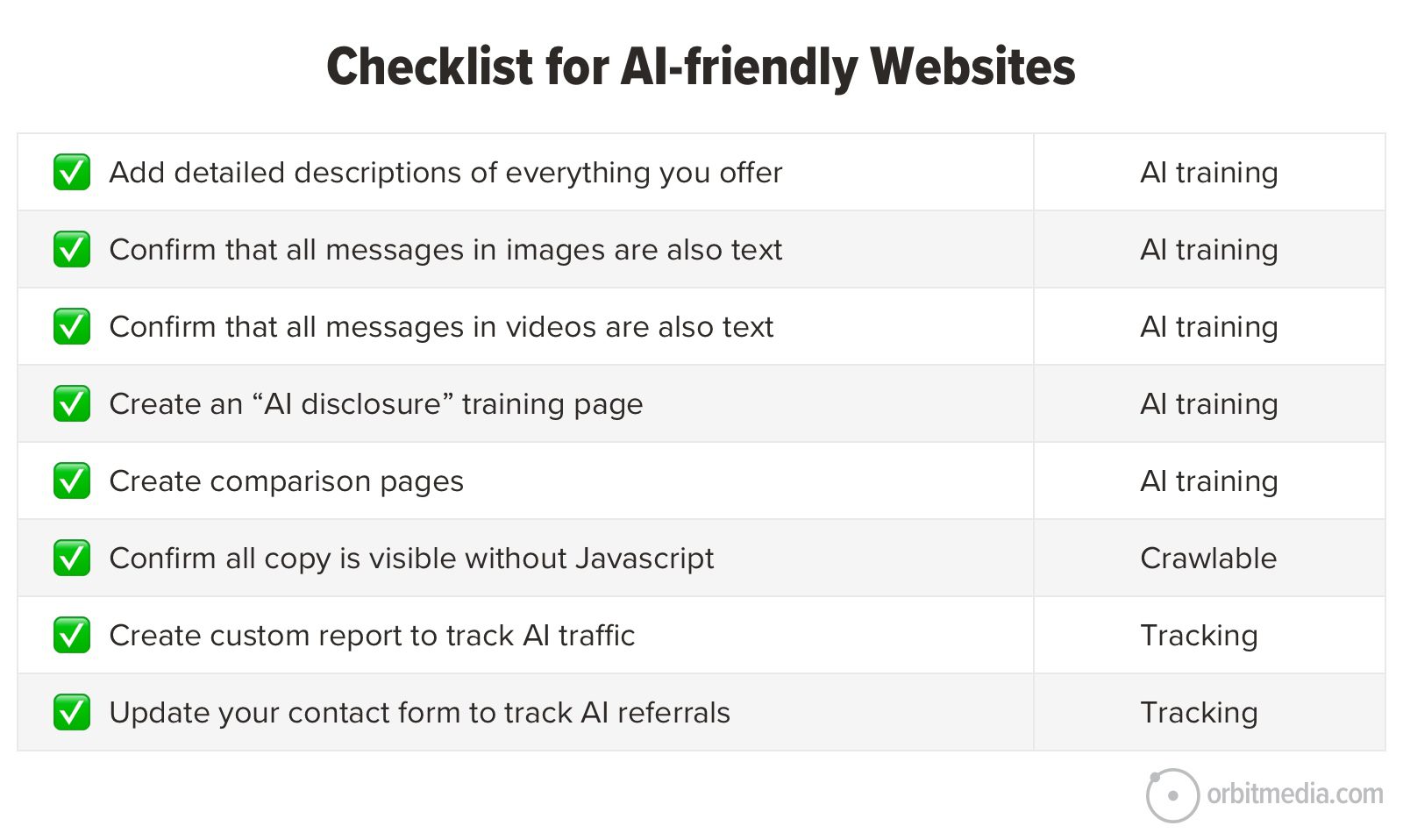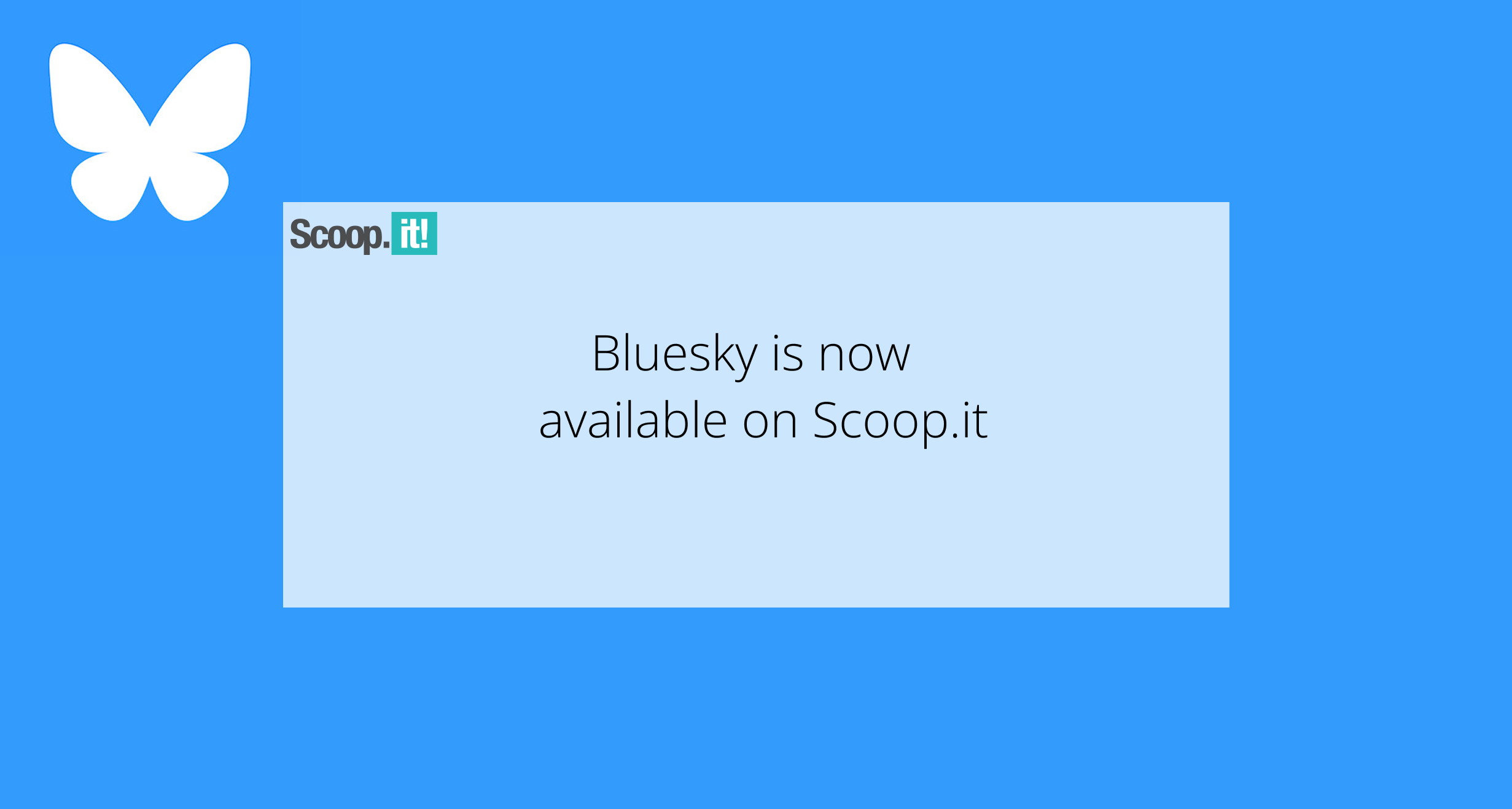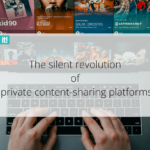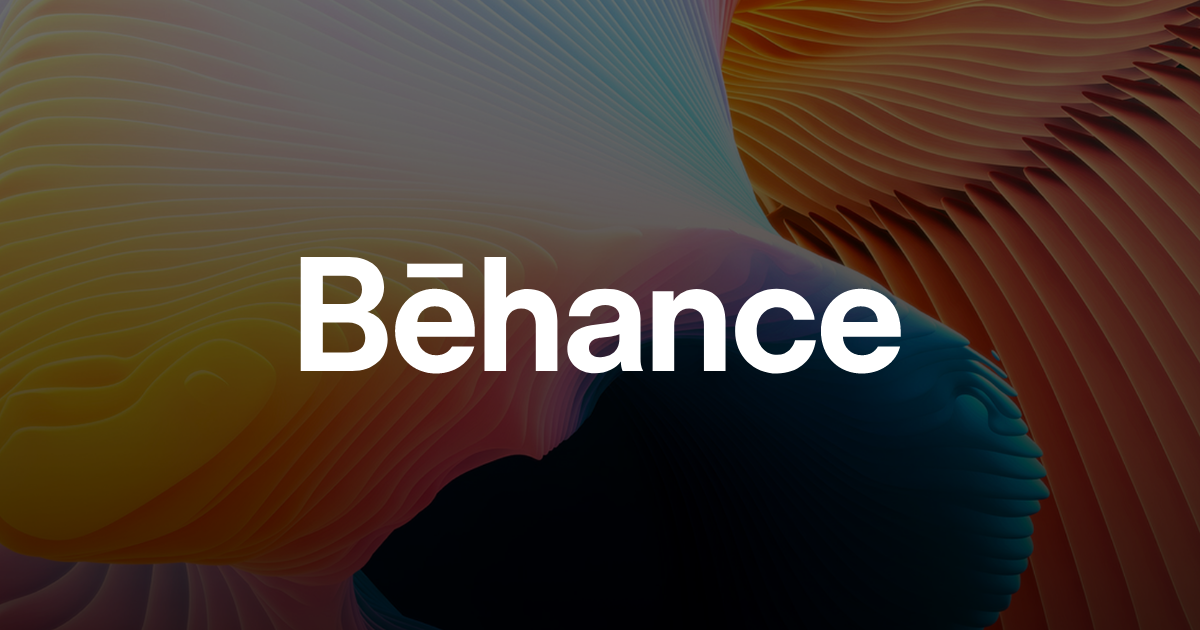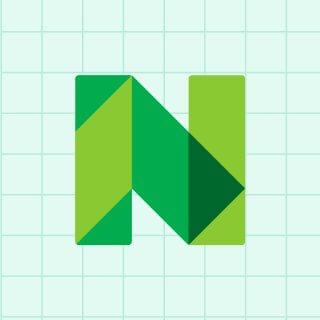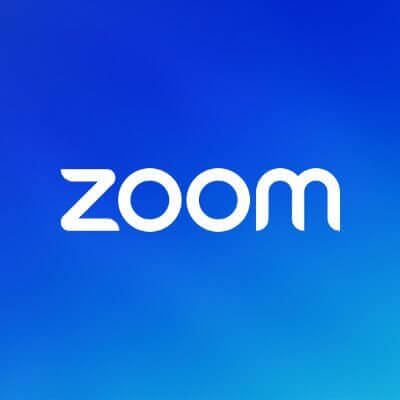Multi-Channel Marketing Dos and Don’ts: A Nonprofit Guide
Multi-channel marketing involves using multiple channels to reach and engage with supporters, allowing them to interact with your organization in their preferred way. This strategy is critical as nonprofit organizations connect with their audiences spanning a variety of preferred platforms, with some donors preferring email, others scrolling through social media, and some enjoying the face-to-face […]

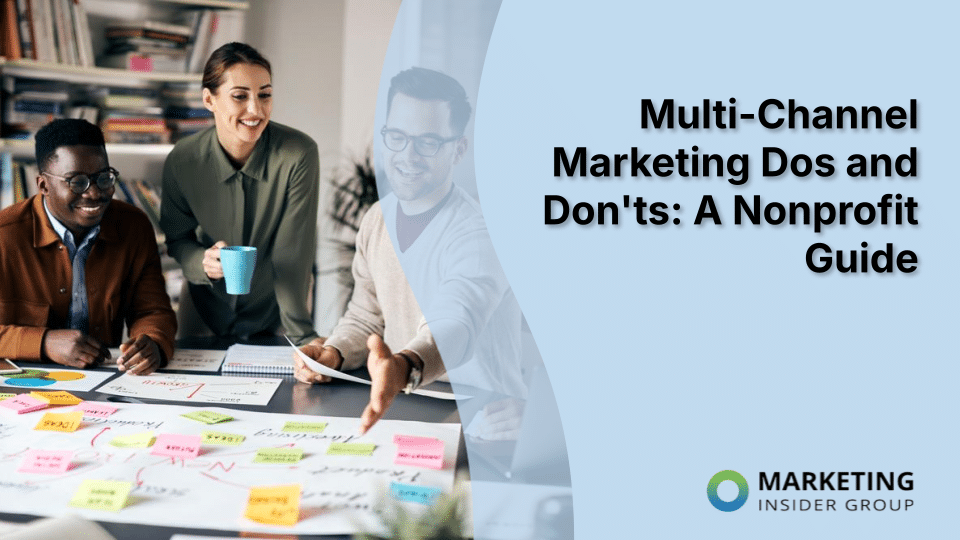
Multi-channel marketing involves using multiple channels to reach and engage with supporters, allowing them to interact with your organization in their preferred way. This strategy is critical as nonprofit organizations connect with their audiences spanning a variety of preferred platforms, with some donors preferring email, others scrolling through social media, and some enjoying the face-to-face contact of in-person events.
Whether your nonprofit wants to market an upcoming event, secure the support of prospective donors, or generally spread awareness about its cause, it takes multiple channels to get your message across. Explore these dos and don’ts to successfully navigate multi-channel marketing.
1. Do: Keep Your Branding Consistent
Consistent visual messaging across channels is essential to maintaining brand recognition and building trust over time with your constituents. Ultimately, consistent branding doesn’t just reinforce your nonprofit’s brand identity to new audiences—it increases donor retention by strengthening the trust of your existing supporters.
The best way to ensure consistency when numerous team members are developing marketing content across different channels is to create a brand style guide. A brand style guide is a document that outlines your nonprofit’s branding standards, which should include:
- Logo variations, including full-resolution, downloadable icons that all team members can use
- Key colors and fonts, and the HEX and RGB codes for all primary and secondary colors included in your palette
- Voice and tone guidelines, which dictate the language and emotion associated with your nonprofit’s outreach
- Key messaging, such as a mission-specific focus or angle that all communications should follow
Pre-approved templates can make it even easier for team members to follow your style guide for different channels. For example, an Instagram post template might be formatted with your nonprofit’s logo and color scheme. Your marketing team can quickly swap out placeholder text for the post’s content without deviating from your branded posts.
Additionally, consider drafting content across channels at the same time. This way, your content can be customized to fit each platform while still aligning with your overall campaign.
When donors consistently see your brand represented in the same way, they become more familiar with your organization and your values. They may even develop a stronger emotional connection to your nonprofit, leading to a more engaged donor base.
2. Don’t: Ignore Channel-Specific Best Practices
Each platform has its own audience behavior, content format, and engagement style. For this reason, it’s essential to adapt your content for each unique platform. Here are a few popular platforms and the best practices you should follow when crafting content for them:
- LinkedIn is a social media platform for longer-form professional content. Blog posts work well on this platform, and users often want a more professional, buttoned-up tone.
- Instagram is a platform designed for quick bursts of appealing content while scrolling. Eye-catching visuals work best for Instagram since users can quickly scan the image and continue scrolling.
- Facebook blends text and images for a unique scrolling experience. Users can join private groups, click on links to external sites, and even participate in fundraisers directly from the platform. Facebook posts should remain casual and friendly.
Explore real-world examples for concrete ideas about how you should structure content for each channel. For example, you might browse content from influential bloggers and mimic their article structure or tone.
3. Do: Integrate Channels
Imagine this: There’s a group of prospective donors who would likely be interested in your weekly newsletter. You haven’t established a touchpoint with them yet and don’t have their email addresses stored in your CRM, but they follow your nonprofit on social media. How do you get them to sign up?
Connecting your communication channels—such as using social media to promote a newsletter or emails to invite followers to events—creates a seamless experience for supporters and boosts engagement across various platforms. This allows your content to reach new audiences and grow your contact database organically.
Plus, the importance of channel integration doesn’t stop at your marketing content. According to CharityEngine, approximately 70% of people donate through multiple channels. In other words, a multi-channel approach is also an effective way to raise more since it offers multiple ways for donors to give!
Integrating marketing and fundraising channels can create a seamless giving experience for donors, allowing them to go from awareness to action in one quick step. For example, text notifications turning into a “Text-to-Give” fundraiser prompts a donor to action immediately upon notification, eliminating the number of clicks and likely increasing the number of people that follow through.
4. Don’t: Copy and Paste Content
Using different channels to promote the same campaign can help your nonprofit reach new audiences, but it isn’t as simple as posting the same message numerous times. Copying and pasting the same content across multiple platforms can lead to disengagement and demonstrate a sense of laziness to your donors.
While messaging should stay consistent across platforms, adapt the content and format that is best suited for each platform’s audience behavior and engagement style. For example:
- Facebook: A long-form post or story with a call to action will stand out to audience members as they scroll through their feeds.
- Instagram: Implement engaging visuals, such as photos and videos, with short, catchy captions.
- Email: Personalize content to each recipient with detailed information and direct calls to action such as “donate,” “volunteer,” and “sign up.”
5. Do: Track and Measure Results
Measuring the success and effectiveness of each channel is essential to adapting and optimizing your outreach strategy. Analytics can help your organization note the channels receiving maximum reach or engagement and pool more resources into optimizing and expanding those channels for future outreach.
Specific tools like Google Analytics 4 exist to track channel-specific data for you automatically. Also, your nonprofit’s CRM centralizes all donor data and interactions in one place, helping your organization keep track of the following information:
- Donations
- Email interactions
- Event attendance
- Volunteer activity
- Social media engagement
By analyzing this data across each channel for all of your donors, your organization will be able to see which strategies are working on each platform and adjust accordingly.
6. Don’t: Forget to Test and Optimize
While certain strategies may excel in one channel, be cautious of assuming one strategy will work across all channels. A/B testing is a great way to optimize performance based on real data, instead of making assumptions on what may or may not work.
Test different iterations of subject lines, images, and calls to action to analyze which receive more clicks and conversions. Then, you can make small adjustments to your content as needed to boost results.
When used strategically, multi-channel marketing is a powerful way to engage and retain your donor base across a variety of platforms and audiences. Consistently monitoring and updating your strategy to reflect what is working and any missed opportunities will help your organization reach a broader audience and increase engagement. A stronger, adaptive strategy will help make the most of the channels at your disposal and lead to a bigger impact on your mission.
Philip Schmitz
Phil Schmitz is the founder and CEO of CharityEngine, a complete fundraising platform powering some of the nation’s largest nonprofits and associations. Phil has developed patent-pending anti-fraud tools and industry-leading recurring payment technology that allows nonprofits to retain more sustainer revenue than the industry average; clients have raised nearly $5 billion using these tools. Phil’s passion for leveraging technology to empower nonprofits is supported by more than 20 years of experience in building successful technology and e-commerce companies.




















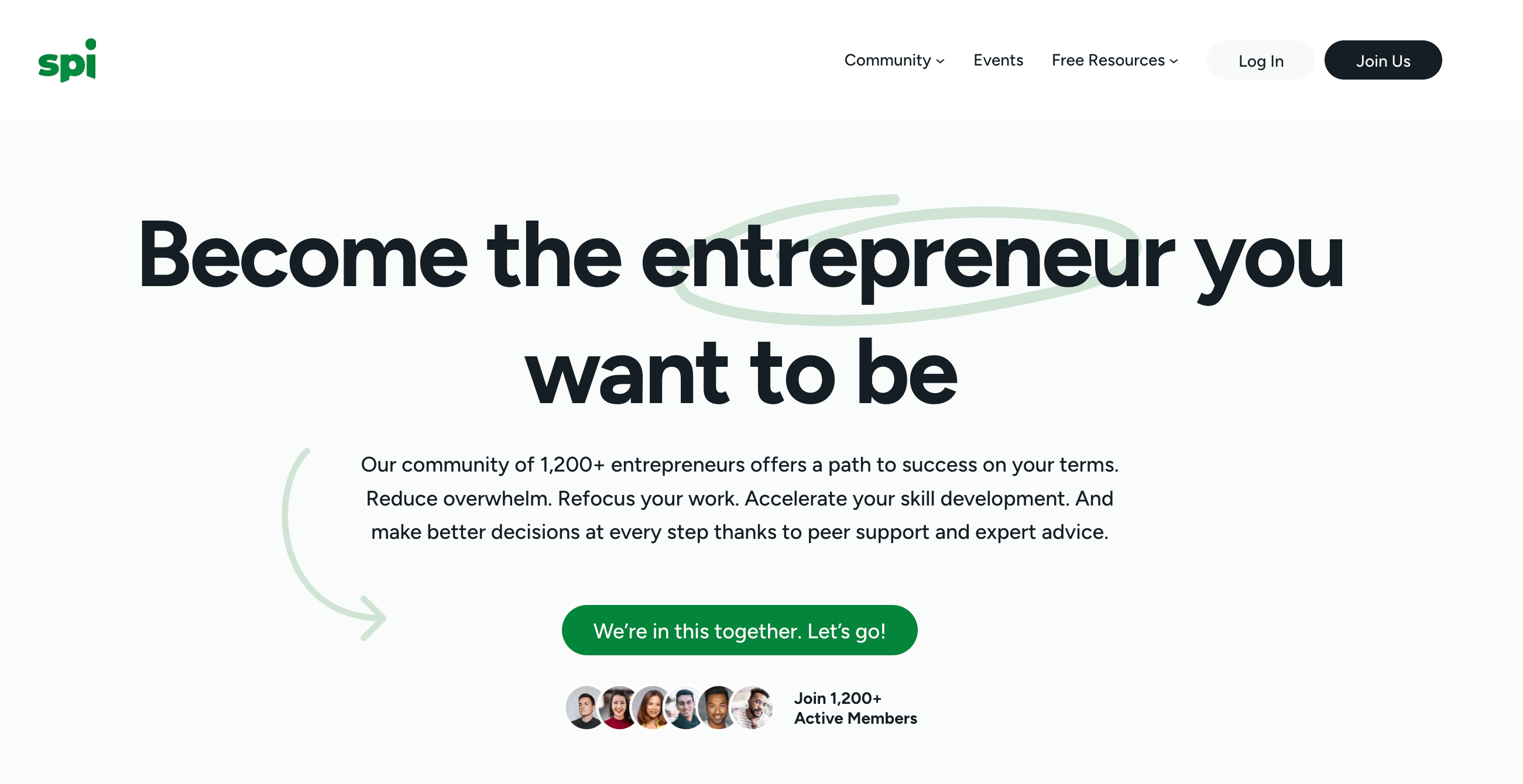






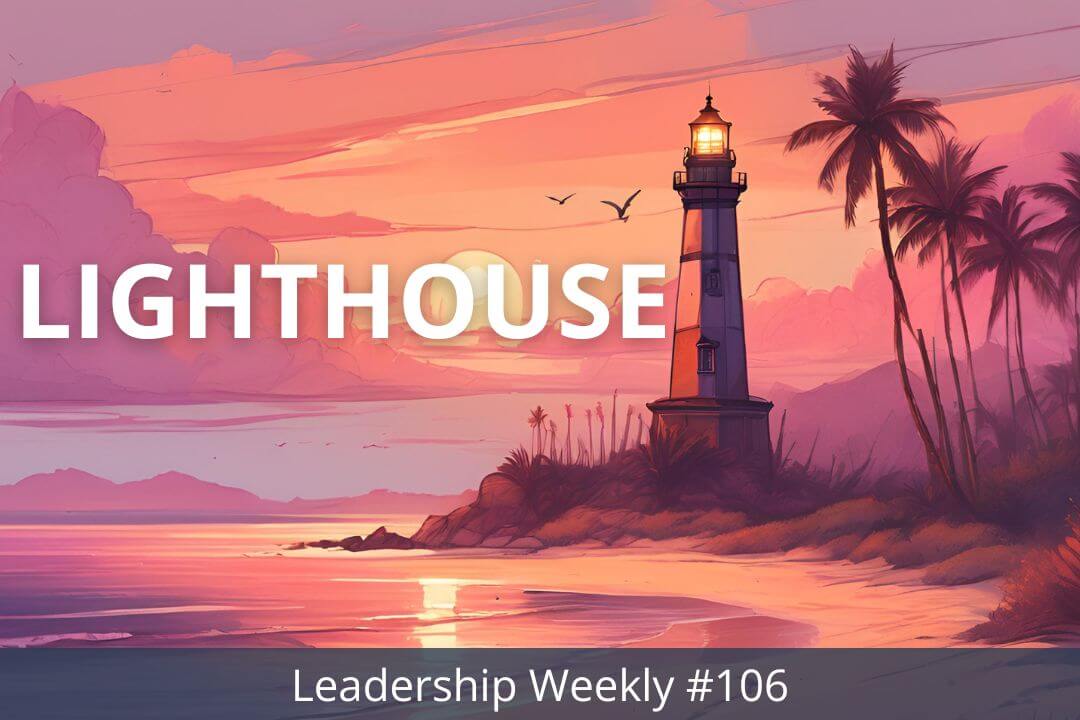

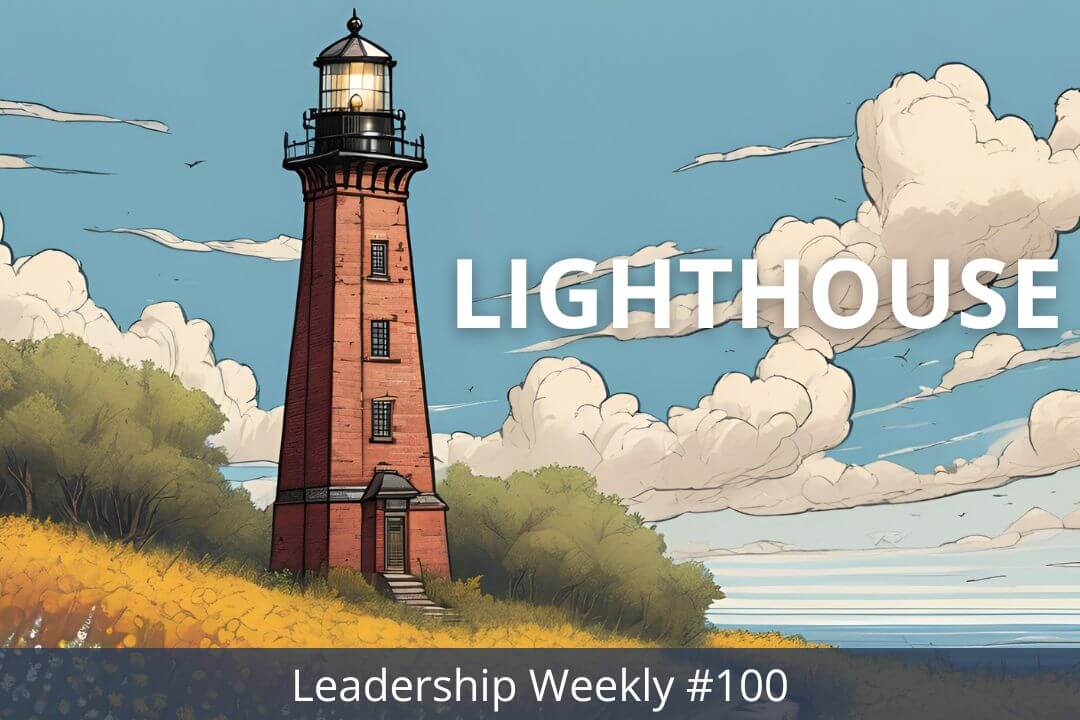
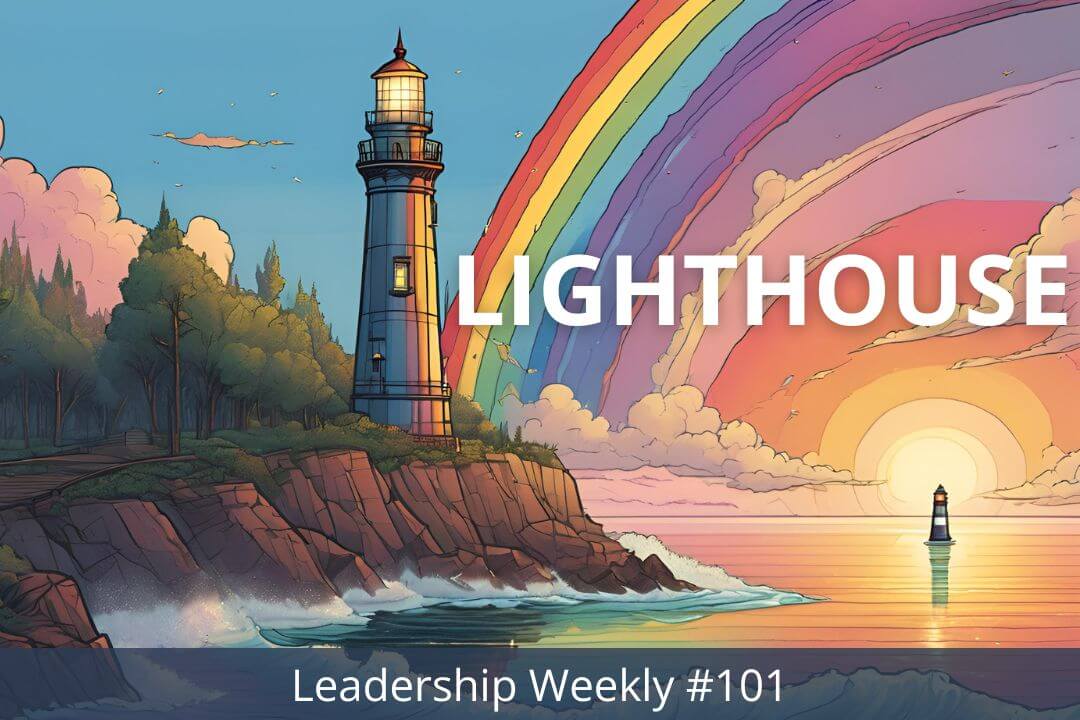














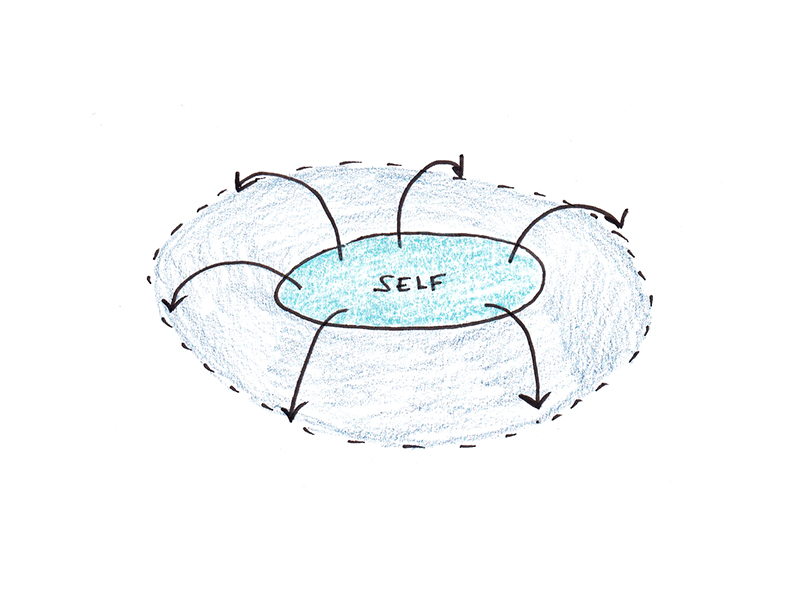
















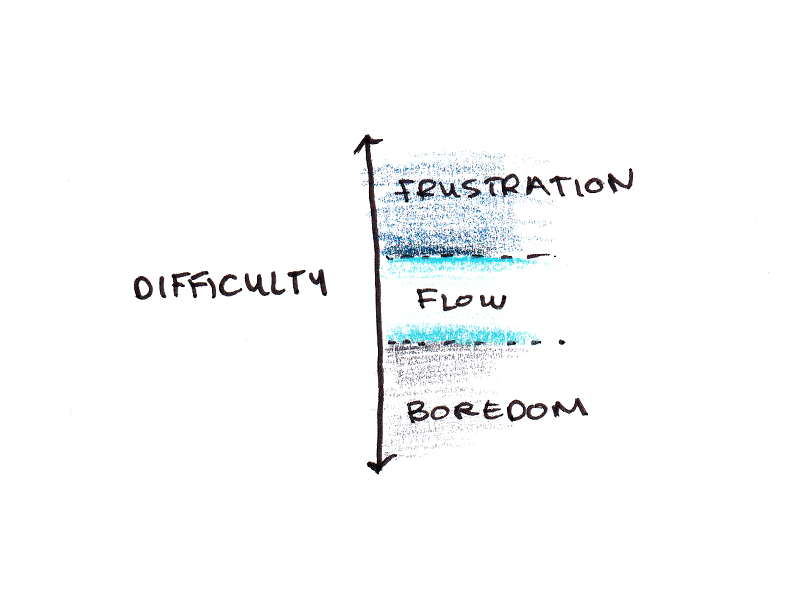

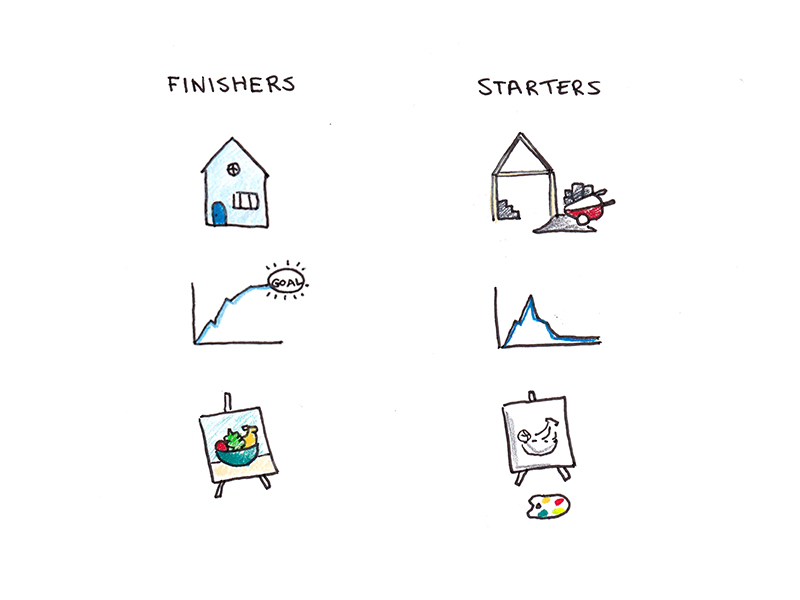

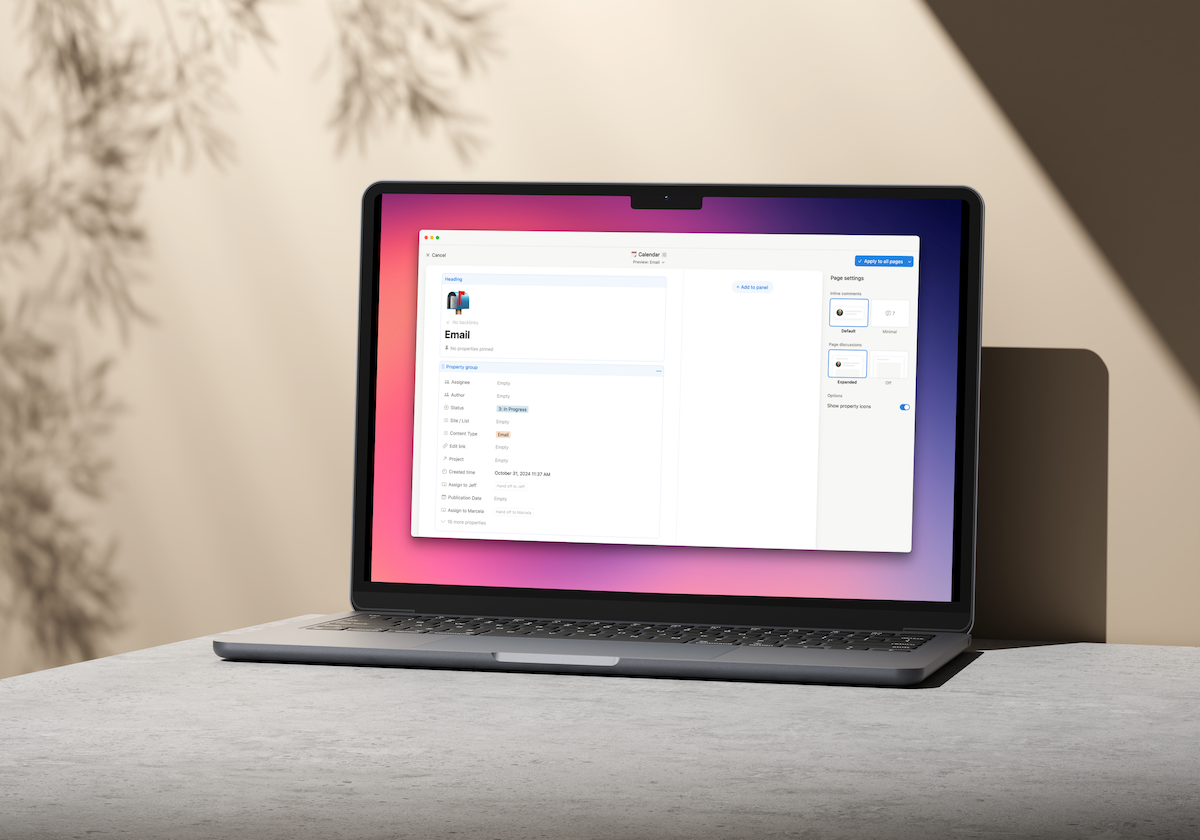










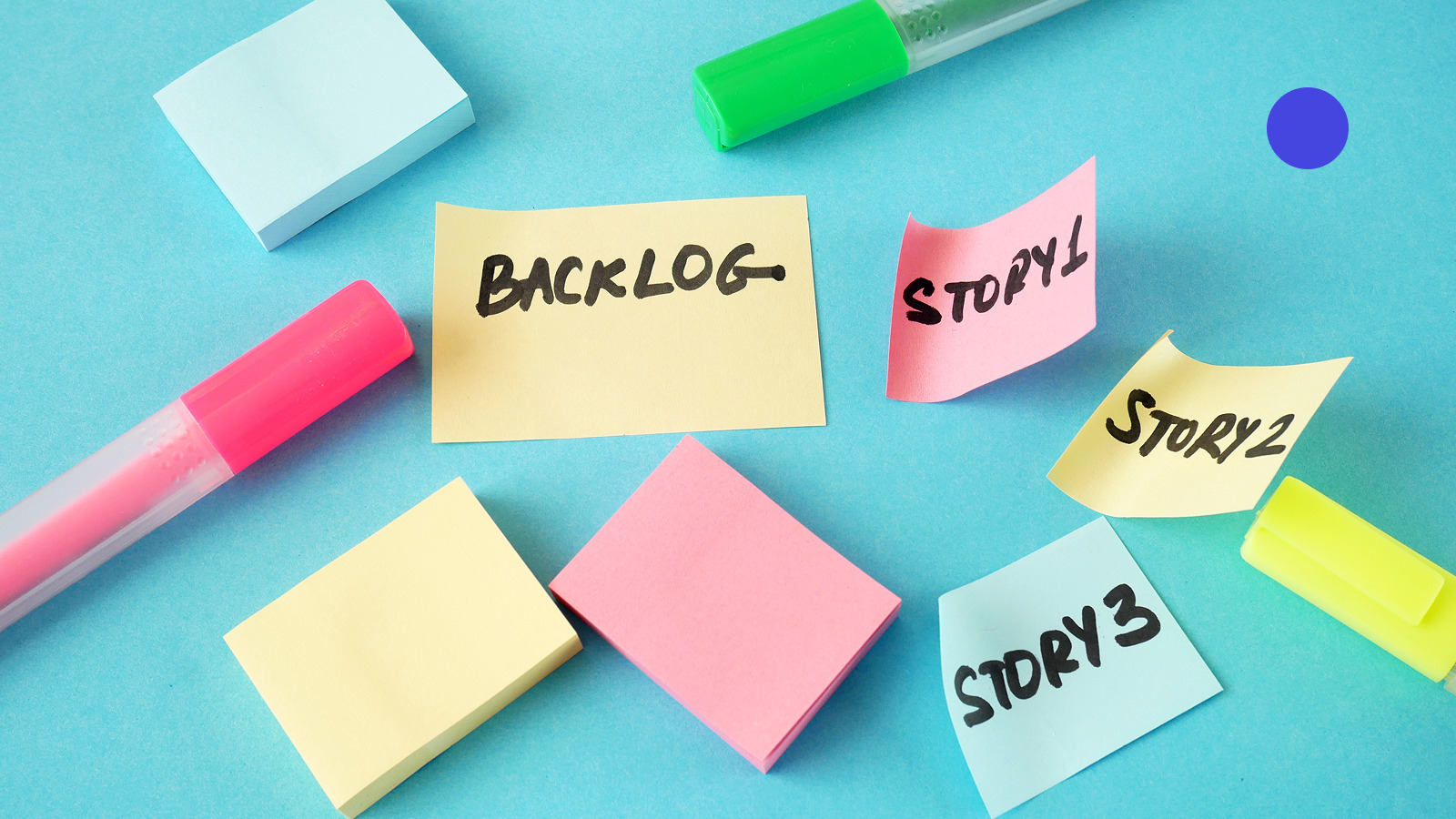
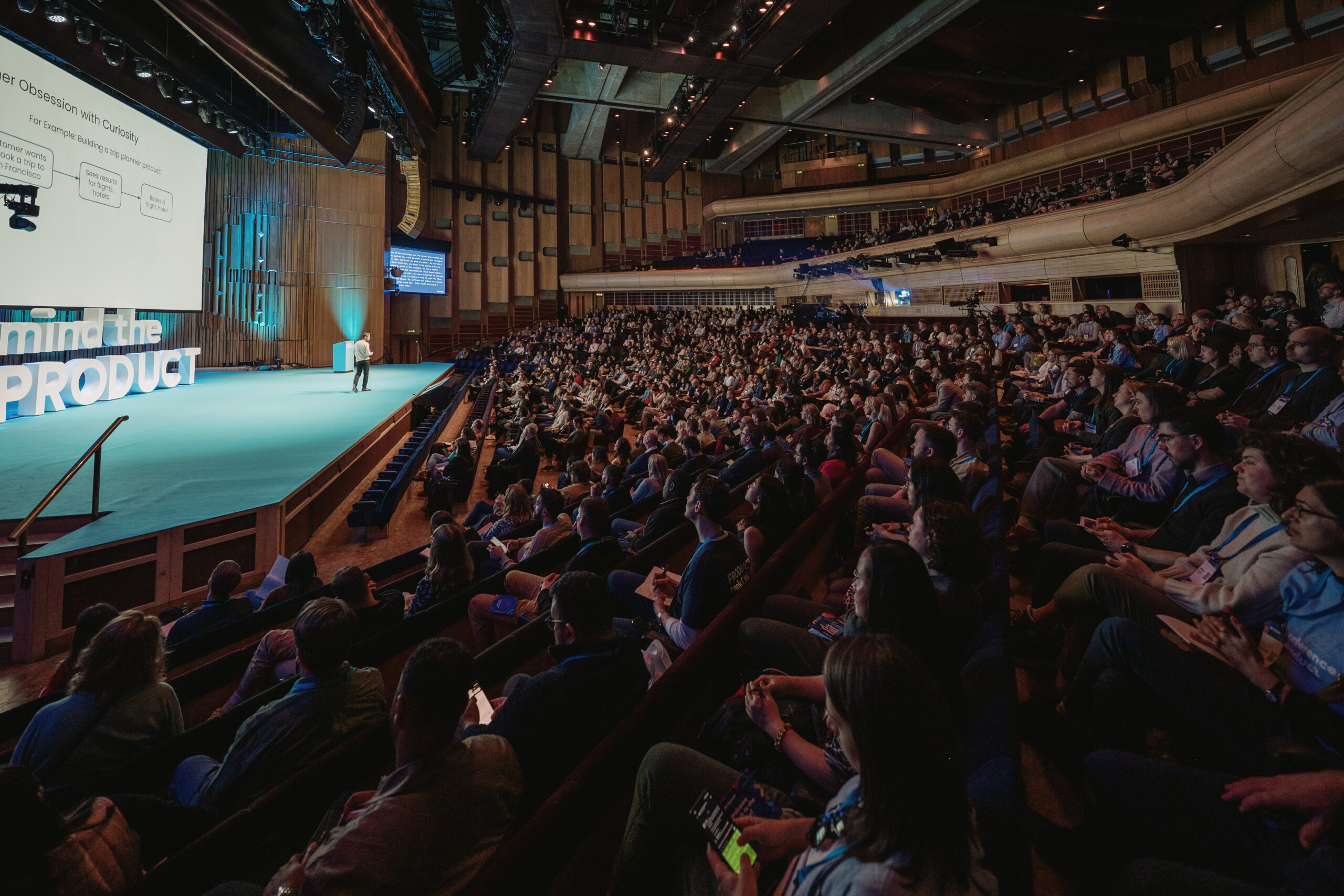

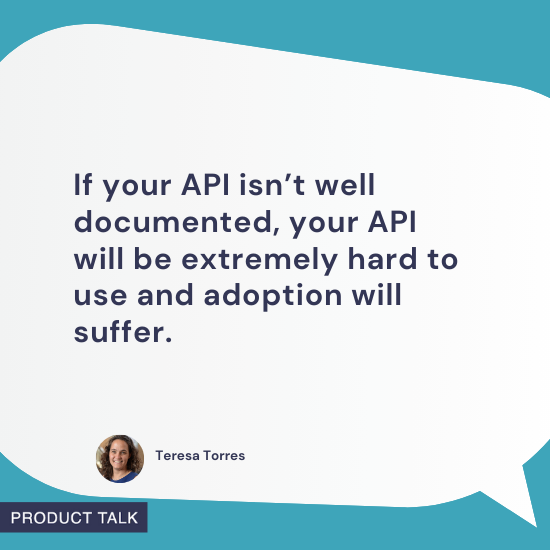
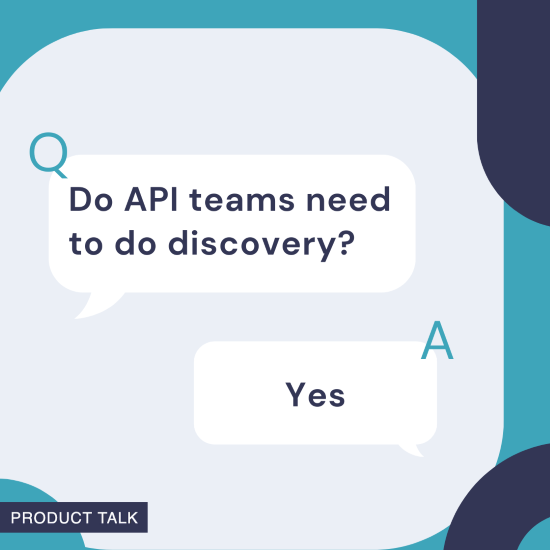
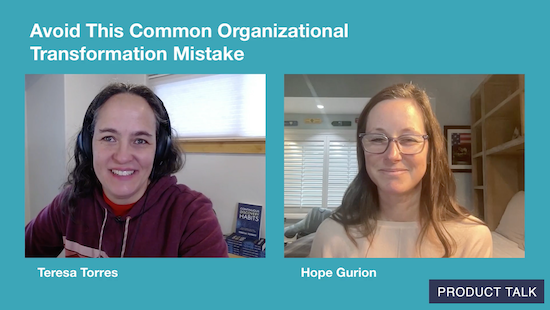
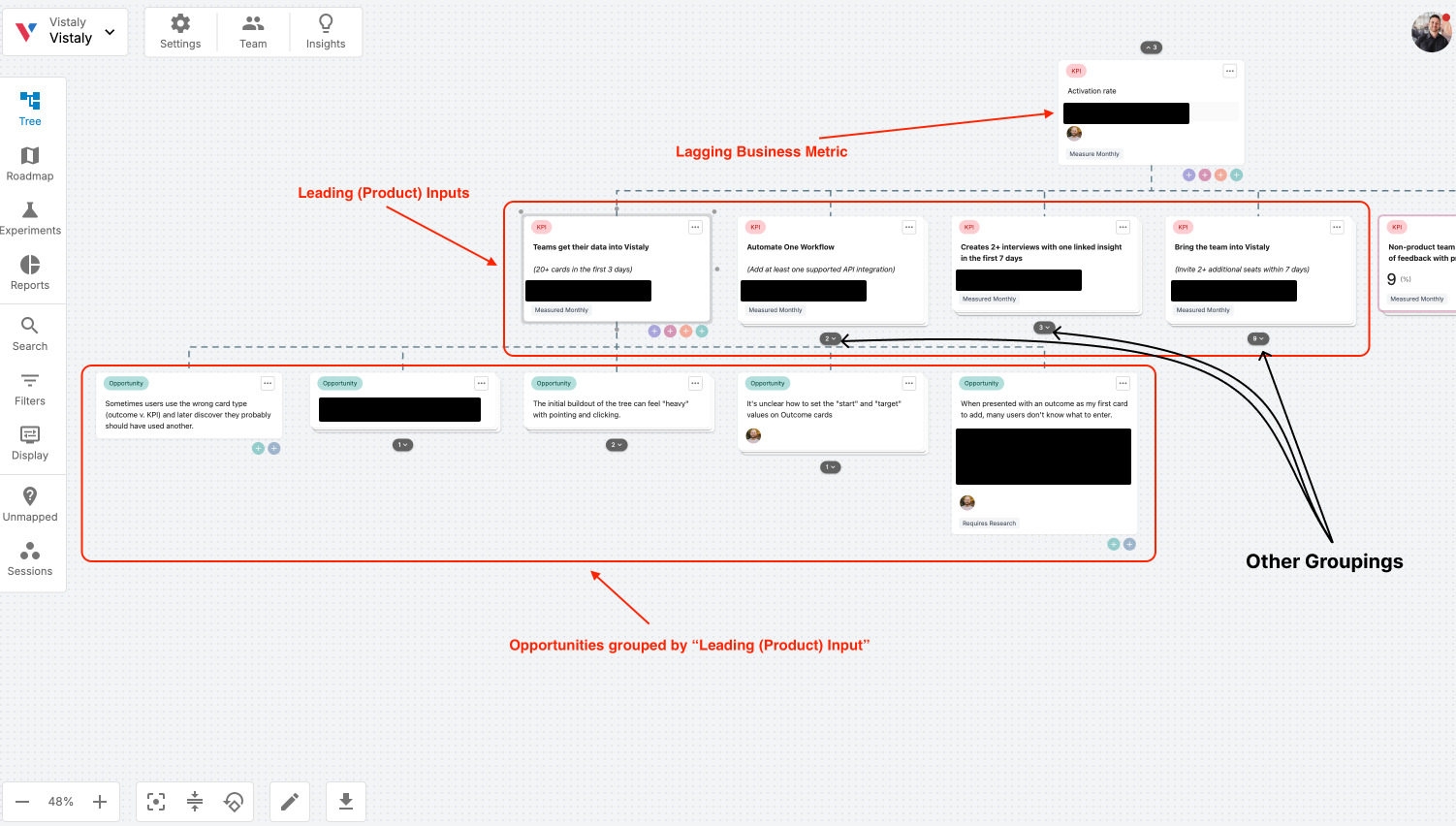
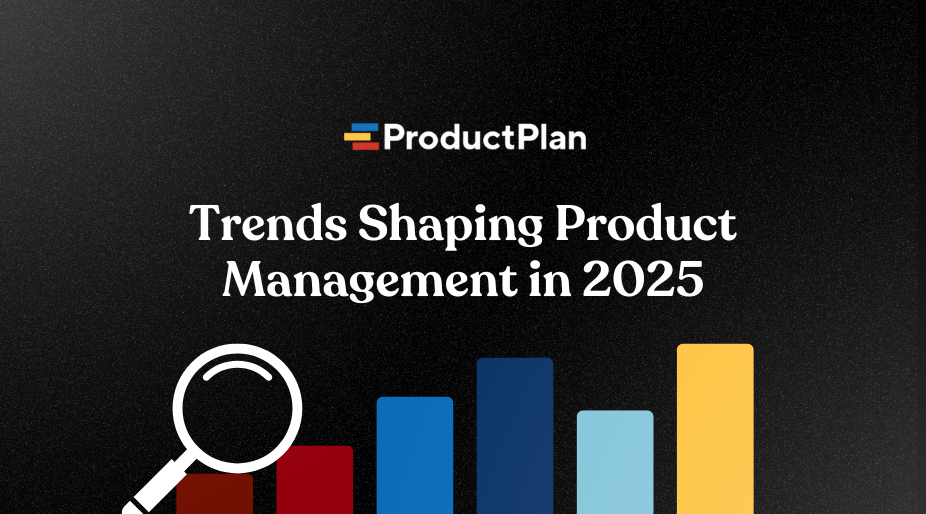


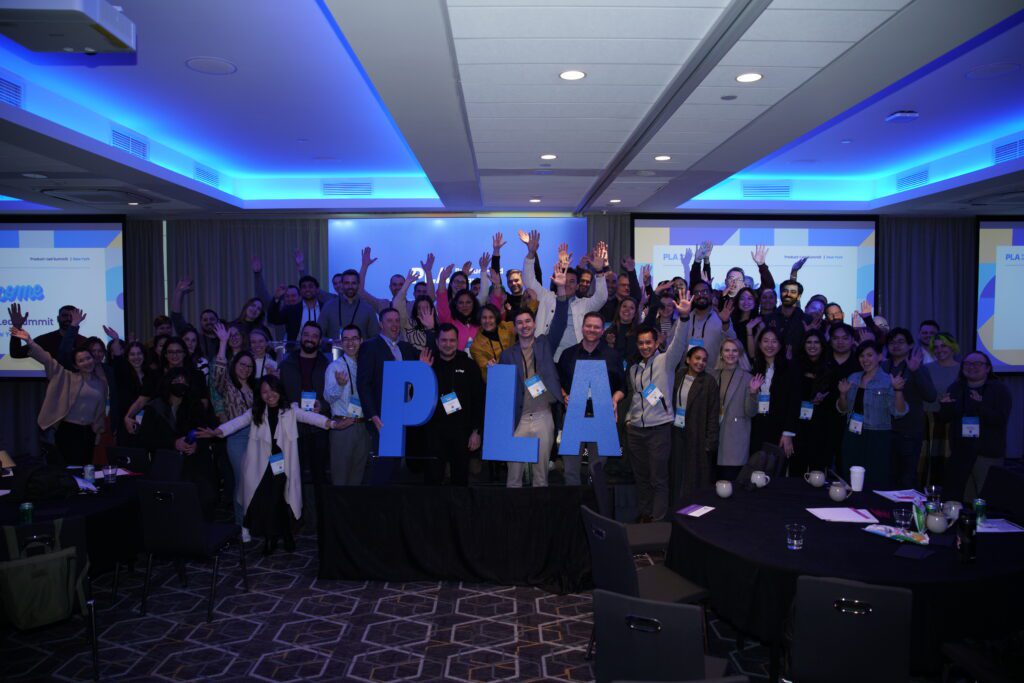









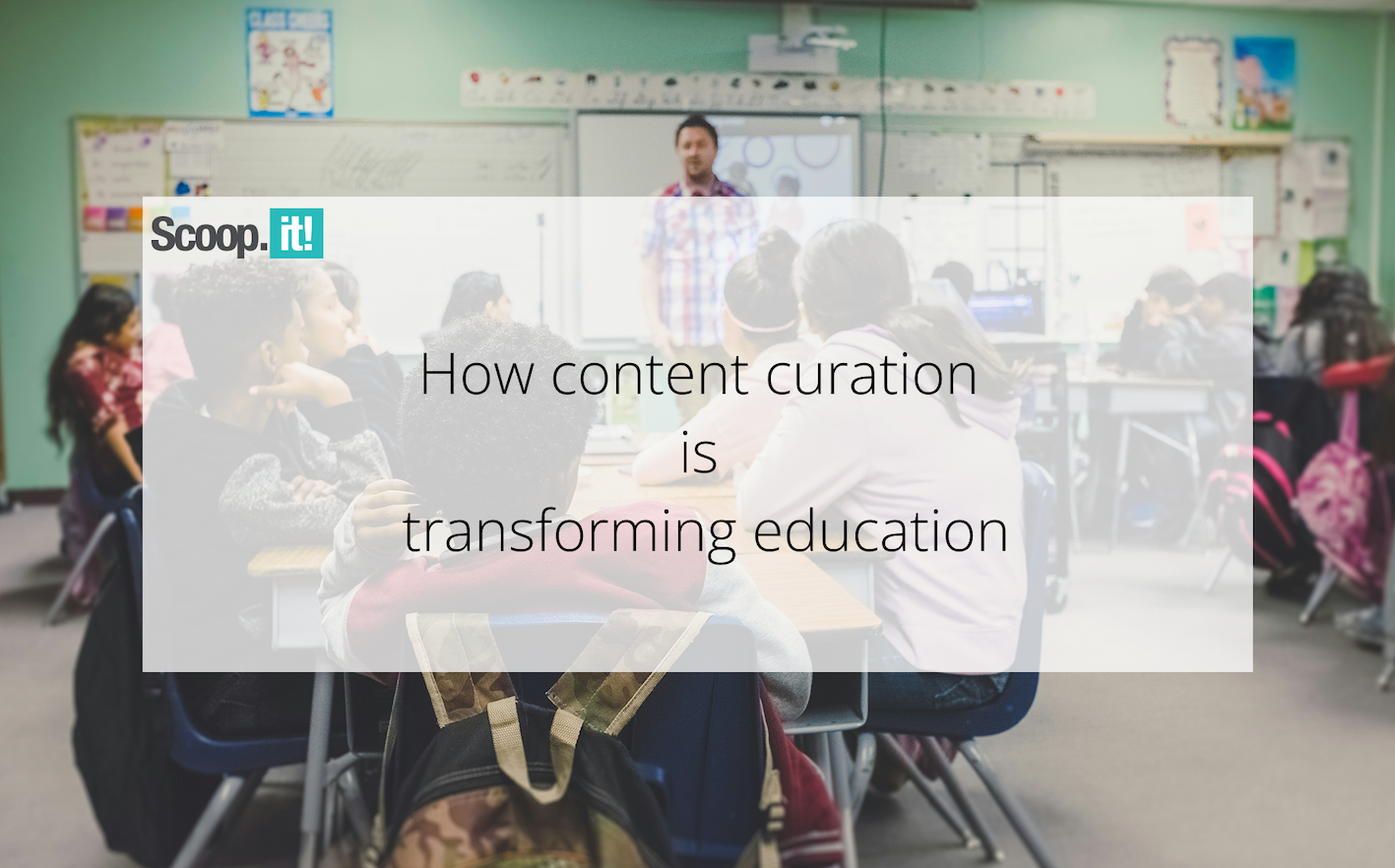
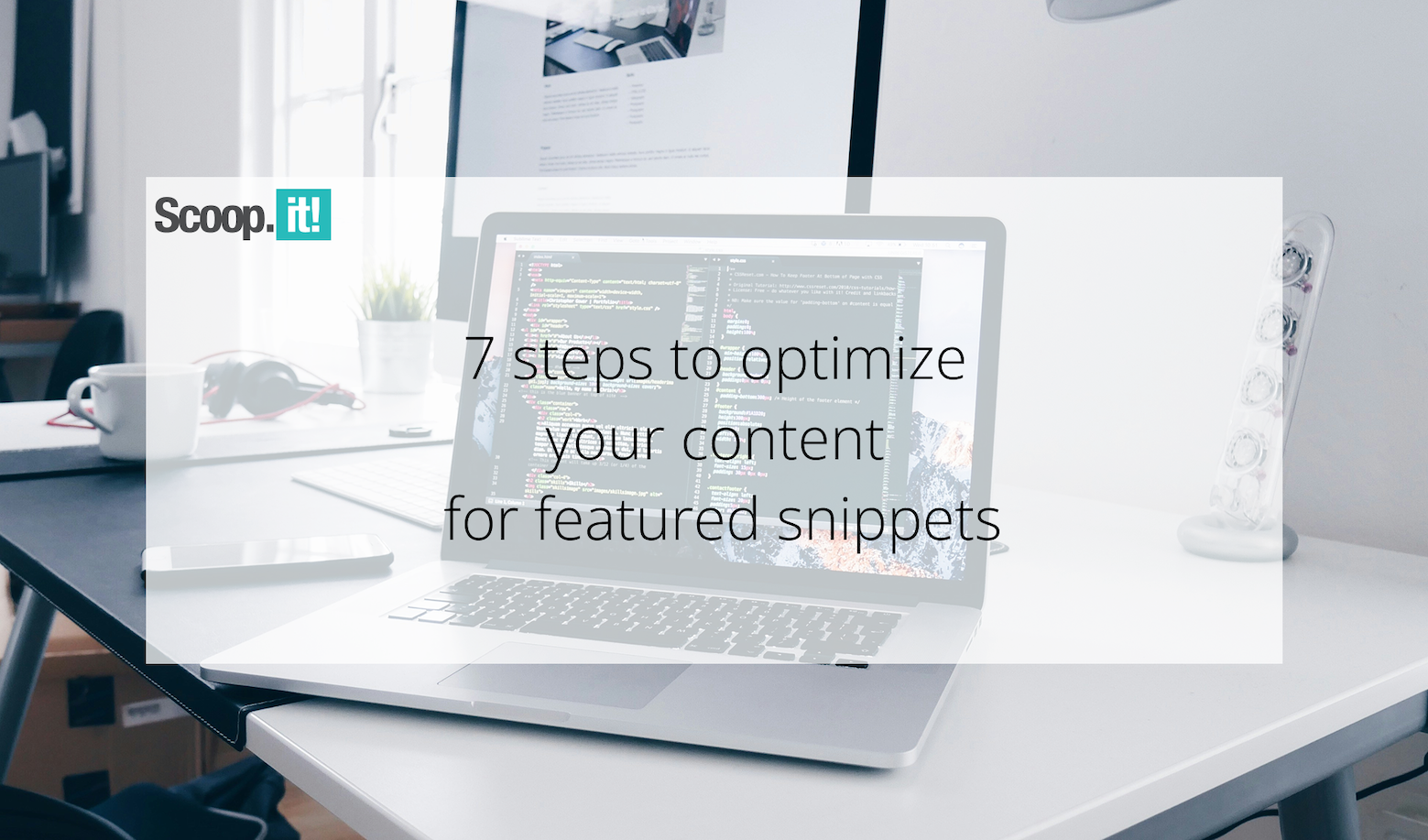
![Building A Digital PR Strategy: 10 Essential Steps for Beginners [With Examples]](https://buzzsumo.com/wp-content/uploads/2023/09/Building-A-Digital-PR-Strategy-10-Essential-Steps-for-Beginners-With-Examples-bblog-masthead.jpg)
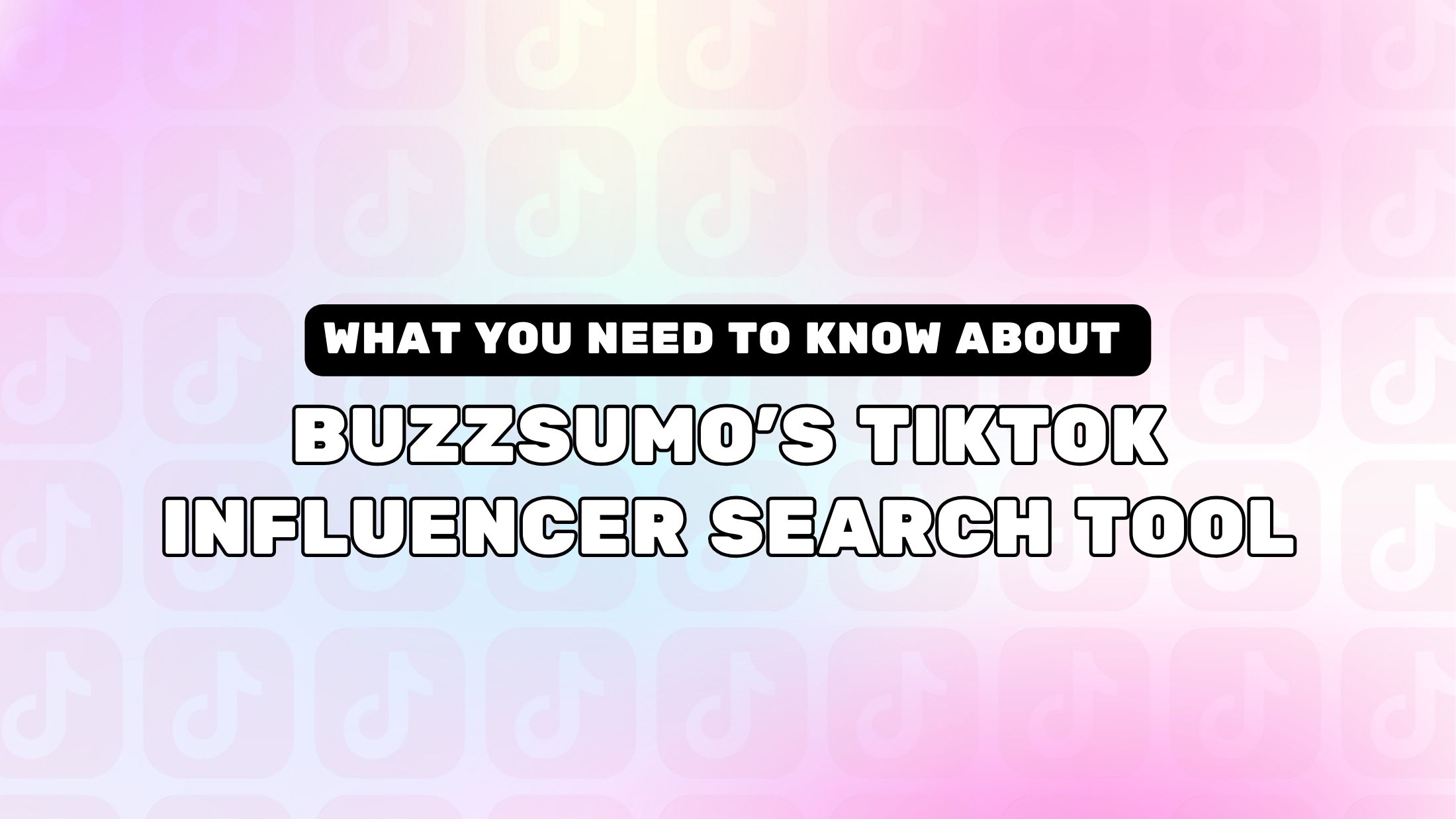
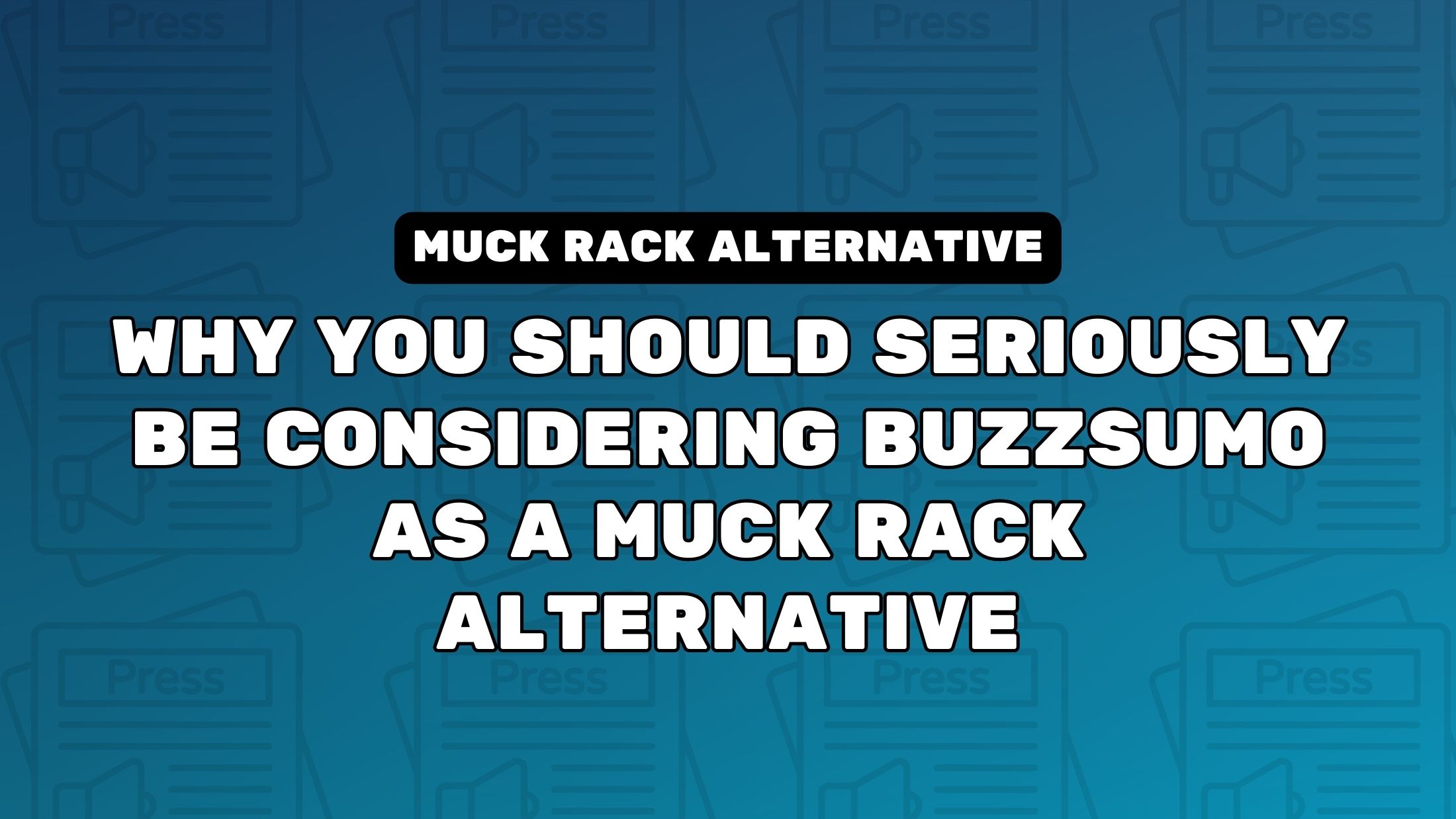
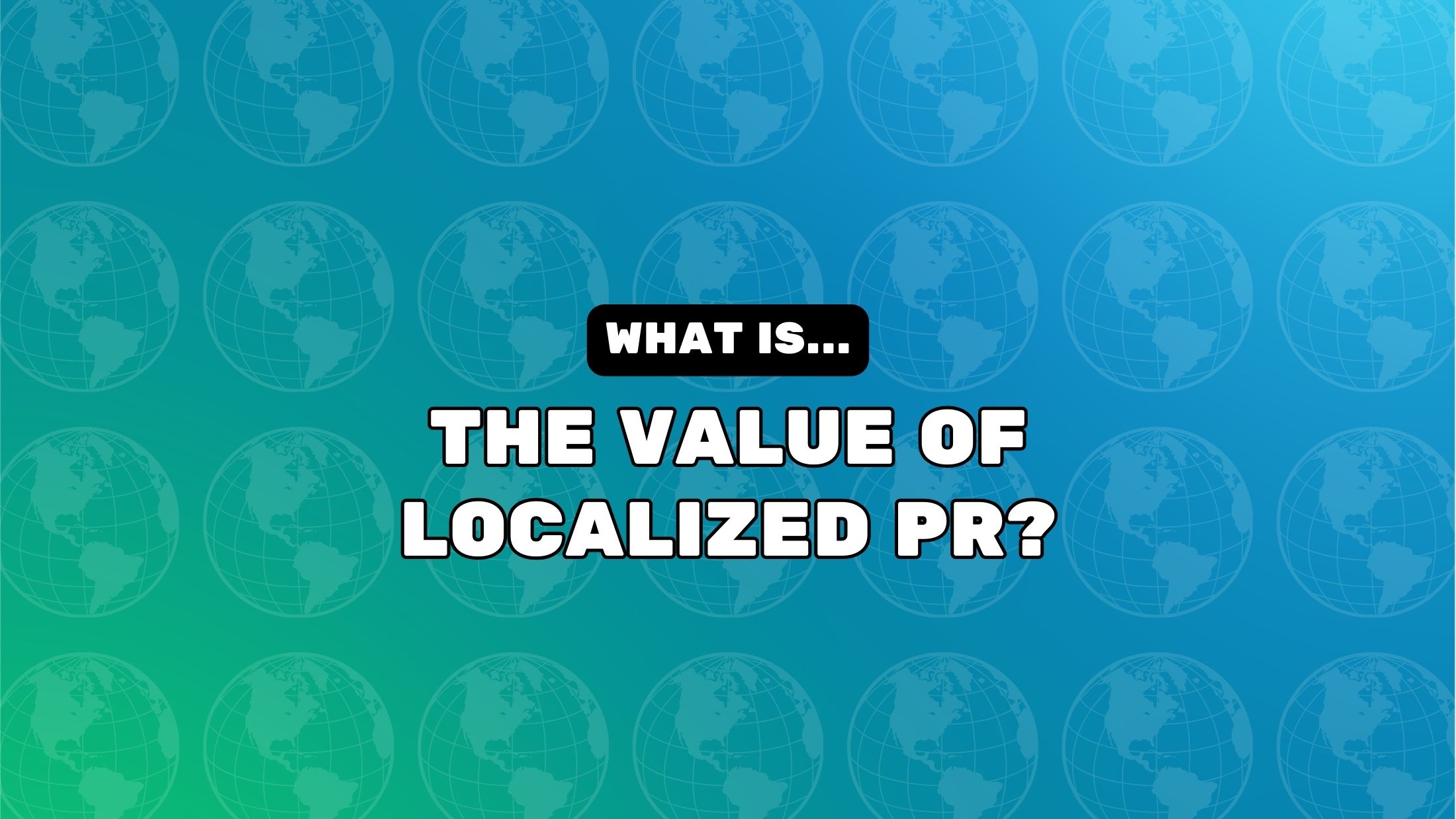


![How One Brand Solved the Marketing Attribution Puzzle [Video]](https://contentmarketinginstitute.com/wp-content/uploads/2025/03/marketing-attribution-model-600x338.png?#)




